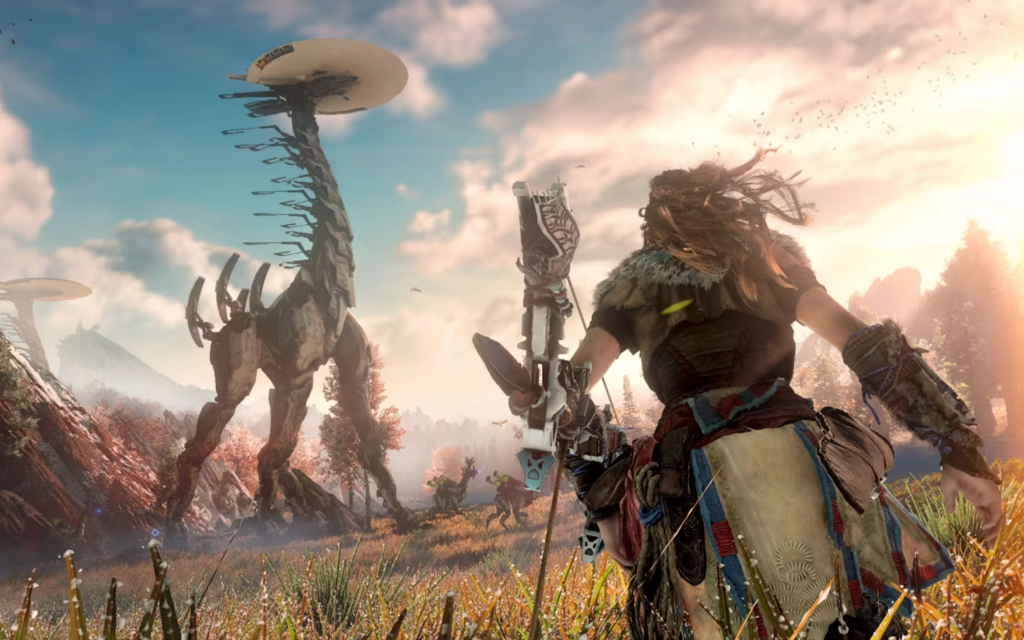Introduction to Game Design

Game design is a broad field that includes making experiences for players that are interesting, fun, and challenging. Balancing the level of difficulty is an important part of game design because it keeps players interested and involved in the game.
If the difficulty is just right, players won’t get bored or frustrated, which makes the game more rewarding and immersive. The goal of this piece is to look at good ways to balance game difficulty so that players stay interested and satisfied.
Understanding Game Difficulty in Game Design

Playing a game is harder or easier depending on how far you get in it. Making games requires carefully adjusting the level of challenge to fit the skill levels of a wide range of players.
When a game is too easy, players may not be interested, and when it’s too hard, they may get frustrated and give up. A rewarding and enjoyable gaming experience depends on finding the right mix.
The Importance of Balancing Difficulty in Game Design
Finding the right balance of challenge is an important part of game design because it has a direct effect on how satisfied and loyal players are. The right mix of difficulty makes sure that players are challenged fairly, which encourages them to get better and move forward in the game.
This mix also helps keep the game’s flow steady, which keeps players interested without being too much for them.
Key Principles of Balancing Game Difficulty
1. Incremental Increase in Difficulty

One important rule of game creation is that the difficulty should get harder over time. To get used to how the game works, players should start with easy jobs and move on to harder ones as they get better.
This method helps players get better and feel more confident, which makes it easier for them to take on harder levels.
2. Adaptive Difficulty

The game changes how hard it is based on how well the player is doing. This is called adaptive difficulty. This can be done with programs that watch how players act and change game settings based on what they see.
Adaptive difficulty makes sure that players of all skill levels can enjoy the game without getting too easy or too hard.
3. Player Feedback and Iteration
For balancing game difficulty, it’s important to include player input. Playtesting with a wide range of players helps you understand how different skill levels and tastes affect the game.
This feedback should help game designers make small changes over time, like making the challenge just right, to make sure the experience is fair and fun for everyone.
4. Providing Multiple Difficulty Levels

Players can pick the task that fits their skills and preferences best when there are different levels of difficulty. This method works for a larger group of people, from casual gamers who want an easy time to serious gamers who want a tough task.
To make the experience rewarding, each level of difficulty should be carefully balanced.
5. Clear and Fair Challenges

Players can pick the task that fits their skills and preferences best when there are different levels of difficulty.
This method works for a larger group of people, from casual gamers who want an easy time to serious gamers who want a tough task. To make the experience rewarding, each level of difficulty should be carefully balanced.
Techniques for Balancing Game Difficulty
1. Dynamic Scaling

Dynamic scaling changes how hard the game is based on how well the player is doing. If a player is having a hard time, for instance, the game might lower the number of enemies or make tasks easier.
If, on the other hand, a player is doing well, the game might add more tasks to keep them interested. This method helps keep the game at the right level of difficulty throughout.
2. Procedural Content Generation

When you use procedural content creation, you make game content using algorithms instead of by hand. You can use this method to make levels, enemies, and tasks that get harder as the player gets better.
Procedural creation makes sure that the game experience is varied and flexible, giving players new and interesting content to keep them interested.
3. Reward Systems

By giving players reasons to beat obstacles, a well-thought-out reward system can help keep game difficulty in check. Rewards can be in-game money, new skills, or things that look good.
Game makers can encourage players to keep playing through hard parts by giving them rewards for their hard work.
4. Tutorials and Learning Curves

To teach players how to play a game and make it harder over time, it’s important to have good lessons and learning curves.
Tutorials should be built right into the game so that players can learn the skills they need to win. A well-paced learning curve makes sure that players are ready for parts of the game that are harder.
5. Checkpoints and Save Systems

The location of checkpoints and save systems can greatly affect how hard a game seems. A lot of checkpoints make games less frustrating by letting players try again and again in hard parts without missing a lot of progress.
Sparse checkpoints, conversely, can make things more difficult and tense, but they shouldn’t be used too much so players give up.
Case Studies: Successful Game Design in Balancing Difficulty
1. Dark Souls Series

The Dark Souls series is famous for having difficult games with just the right amount of challenge. The design of the game encourages players to learn from their mistakes, as they have to change their methods to beat tough enemies and environments.
Dark Souls is praised for being fair and satisfying, even though it’s hard. Players stay interested because they feel like they’ve accomplished something.
2. Celeste

Celeste is a game that manages to be both hard and easy to play. There are different help choices in the game, so players can make the challenge fit their needs.
Celeste’s levels are carefully designed to have a high but fair learning curve. This way, the game encourages players to push their limits while also giving them tools to help them get better.
3. The Legend of Zelda: Breath of the Wild

The level of difficulty in Breath of the Wild changes based on how well the player is doing. Players get better tools and skills, which makes the game world more difficult.
The game stays fun and challenging for both new and experienced players, thanks to the gradual increase in challenge.
Conclusion

Game difficulty balance is an important part of game design that has a direct effect on how engaged and happy players are with the game. By using techniques like adaptive difficulty, player feedback, and gradual growth, game designers can create an experience that is fun and fair for all kinds of people.
Some of the techniques that make the game more fun are dynamic scaling, procedural content generation, and well-thought-out award systems.
Games that did well, like Dark Souls, Celeste, and Breath of the Wild, show how important it is to keep players interested by making the challenge just right.
Mastering these ideas and methods will help game designers create experiences that challenge, reward, and engage players. This will set them up for long-term success in the ever-changing field of game design.

[…] rage-quit. This keeps the experience challenging for everyone, regardless of their skill level. Game Dev Guides suggests this is a key element in creating a more engaging player […]